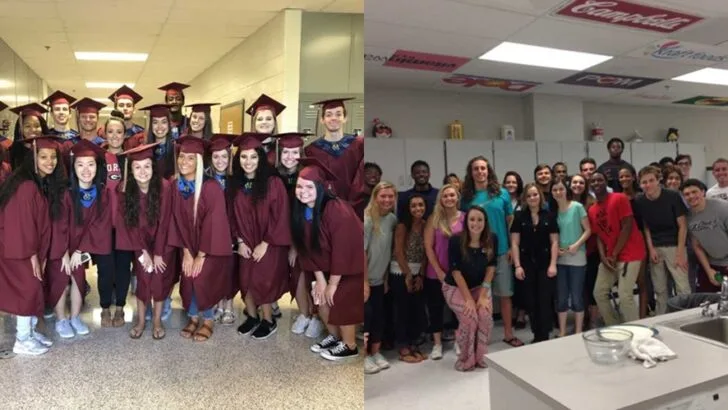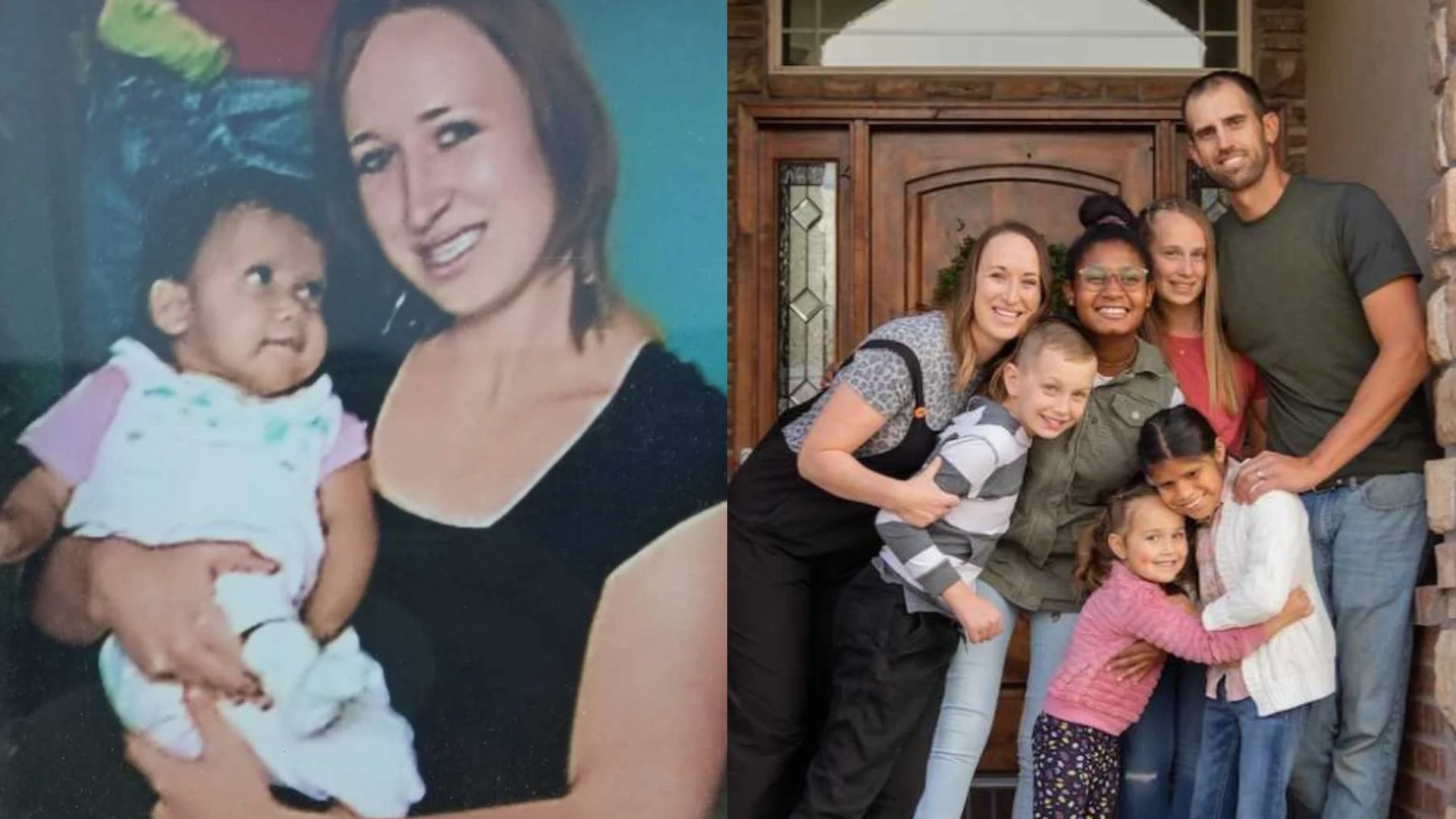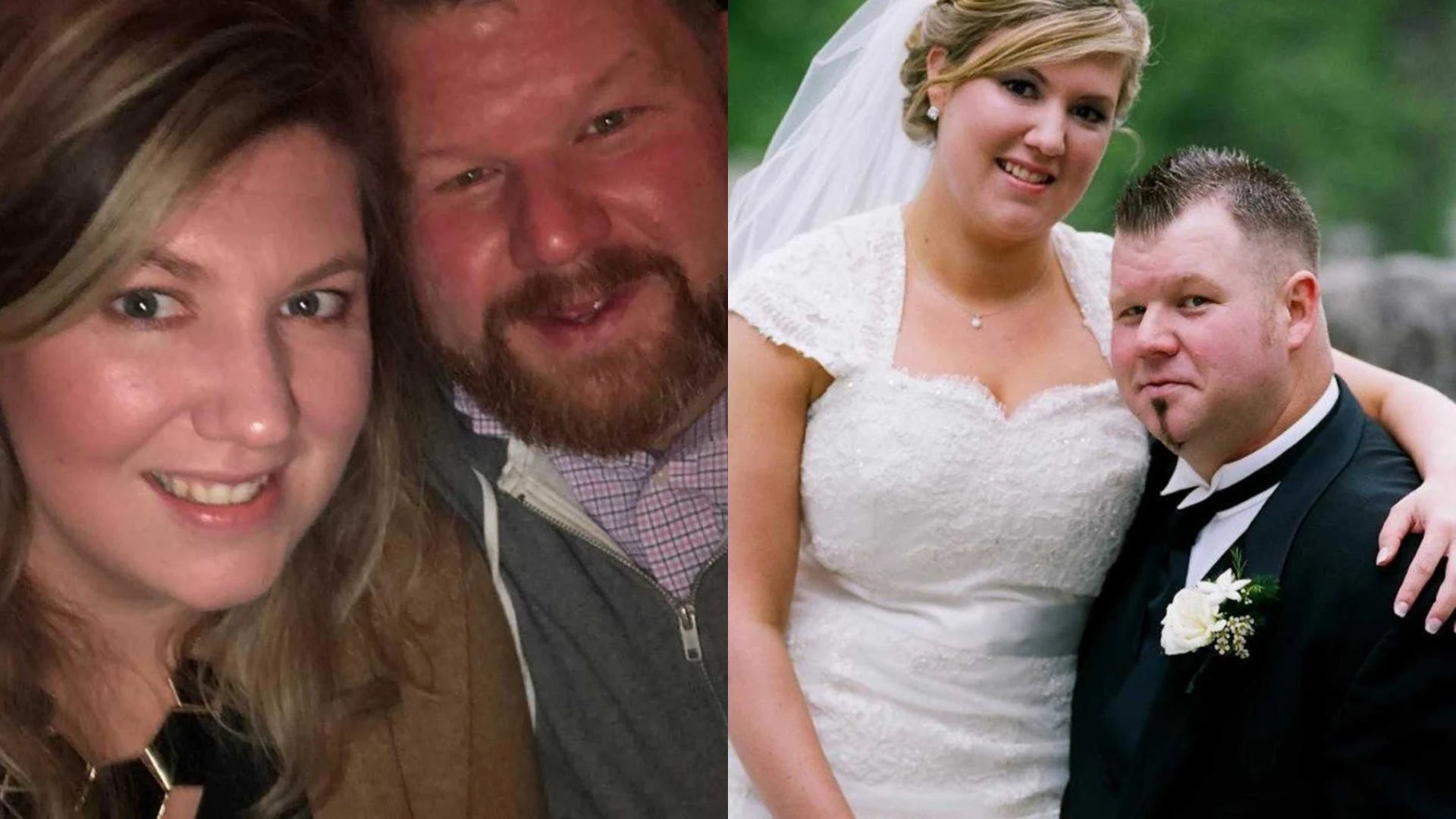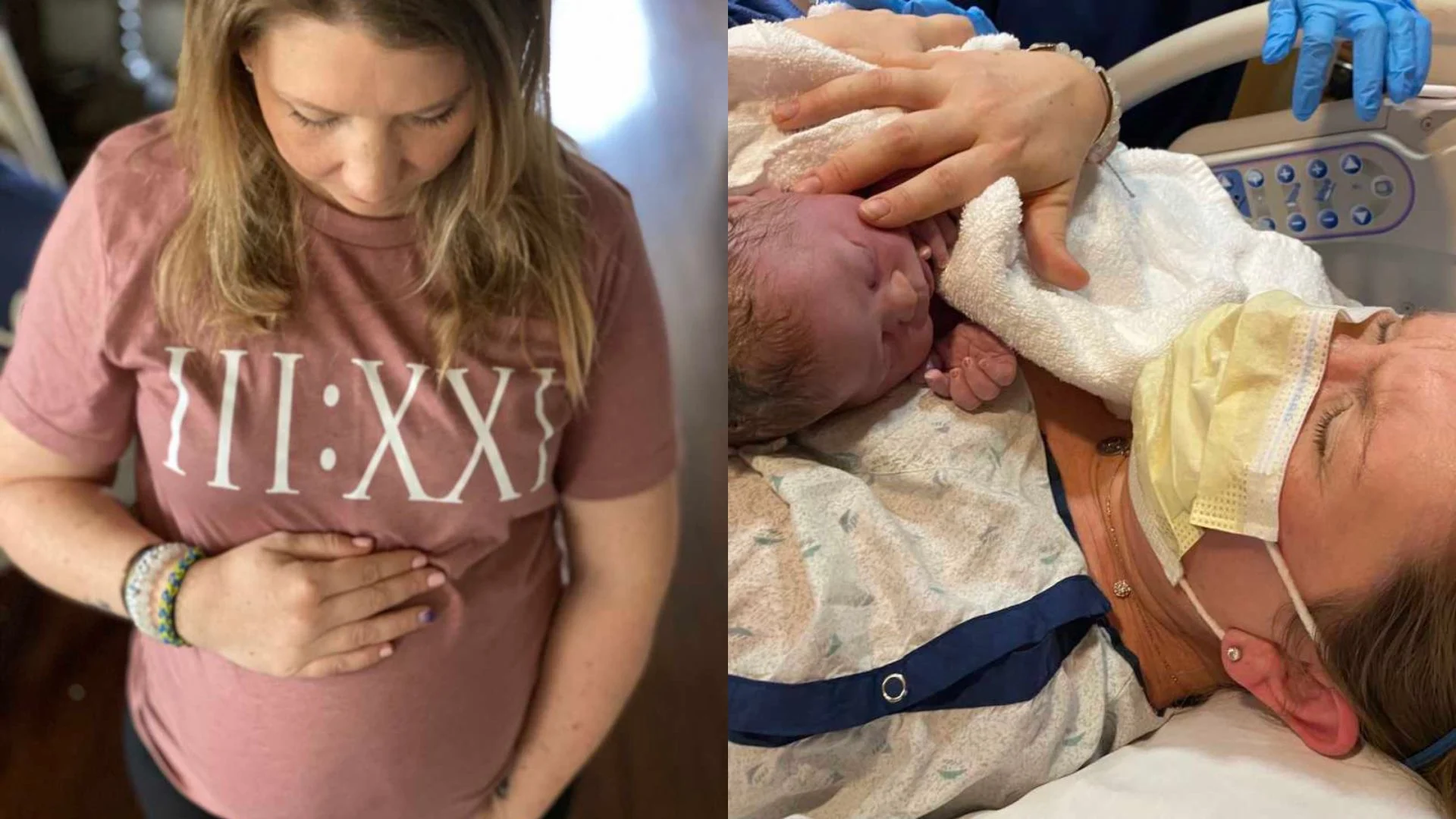Every new school year feels like a fresh notebook waiting to be filled. For one teacher in Georgia, the blank pages aren’t just for lesson plans or attendance sheets; they hold the raw stories of nearly a hundred students, each walking into her classroom with a history most people never see. Every fall, she begins with a simple school project. The assignment seems innocent initially; there are just a few prompts on the whiteboard. No one would ever guess by looking at me that I… or, my proudest accomplishment is… Students choose one, fill in the blank, and share it aloud. Most teachers use icebreakers to loosen up the room, but this differs. Somehow, this small project opens the floodgates.
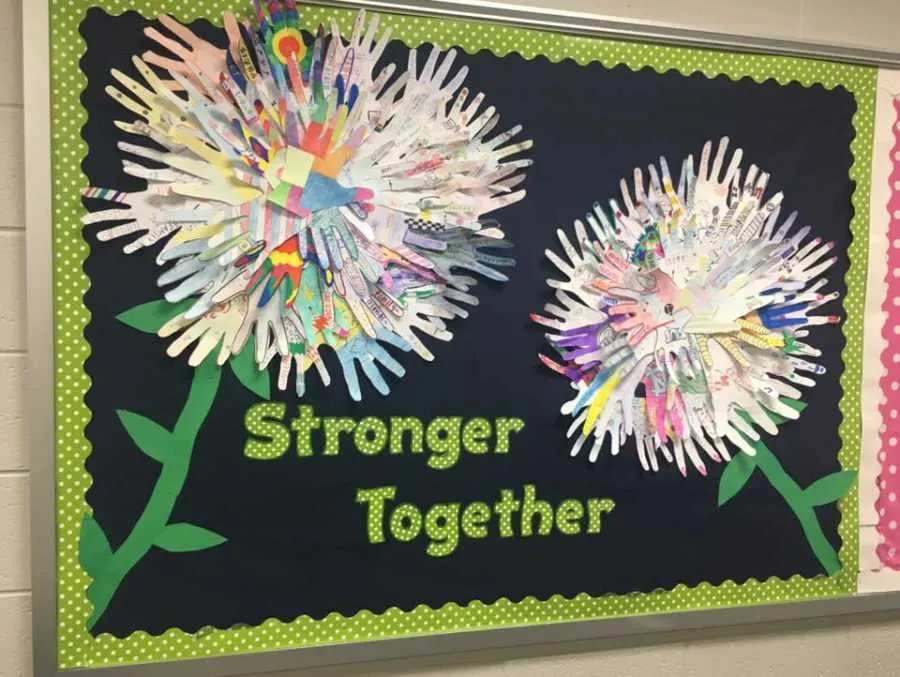
Soon, the teacher’s classroom fills with stories that range from lighthearted to heartbreaking. Some students talk about being first-generation immigrants or winning state championships. Others reveal wounds that take the air right out of the room — parents lost, siblings gone, childhoods that never had a chance to be soft. One admits to being adopted from another country and never wanting to go back. Another quietly shares that both a father and brother were murdered. These words hang heavy in the air but connect everyone in that space.
To accompany the writing, each student traces their hand on colored paper and decorates it with symbols or art representing their life. The teacher arranges them on a bulletin board, each handprint overlapping like petals of a giant flower. It looks cheerful, bright, and full of life from a distance. Up close, it tells a different story, one of resilience and survival, of kids learning to be open in a world that often tells them to toughen up.
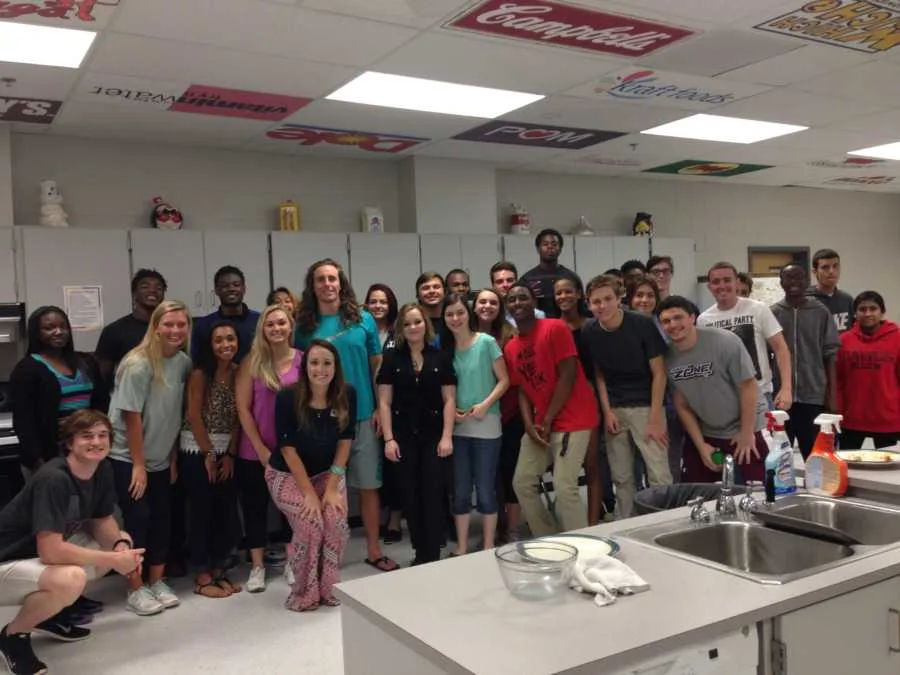
The teacher knows that high schoolers aren’t easy to reach. They come in guarded, phones in hand, pretending not to care. But with this small act of storytelling, something shifts. They start talking to each other. They laugh, listen, and see that pain and joy can exist. Suddenly, this isn’t just a classroom anymore; it’s a small community.
Her project, simple as it is, becomes a map of human experience. The school motto, “Stronger Together,” is more than a slogan on a hallway wall. It’s what happens when a teacher permits her students to be real, even just for a few minutes. For her, teaching has never been just about tests or nutrition facts, even though she runs a Food for Life class. Sure, she teaches how protein works in the body and why it’s smart to cook chicken all the way through, but the science is just a doorway to something bigger. It’s about listening, growing, and learning to care.
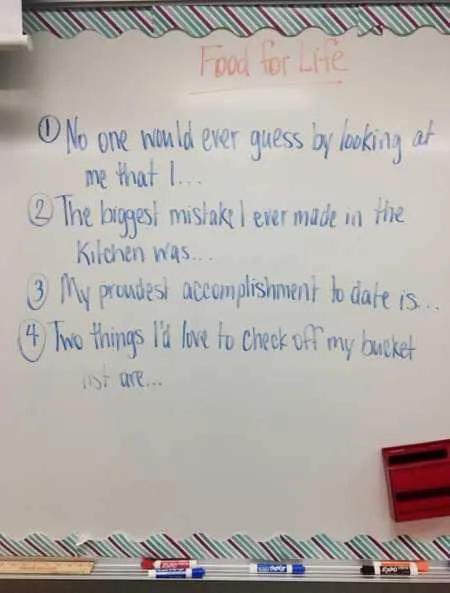
Over the years, she has met nearly a thousand students. Each one has left something behind, a joke, a drawing, a confession that still lingers in her memory. Sometimes, she feels the weight of their stories long after the bell rings. Teaching, she’s learned, means carrying pieces of other people’s lives quietly within your own. It’s a privilege, but also a responsibility.
When she looks at the bulletin board covered in colorful paper hands, she doesn’t just see art, she sees proof that her students are more than grades or attendance numbers. Each handprint is a declaration that they’re here, they’ve survived, and they’re still writing their stories. In a world where young people are told to perform, hide, and scroll past their pain, one teacher’s school project reminds them they’re allowed to be honest. Vulnerability, after all, is its own kind of education.
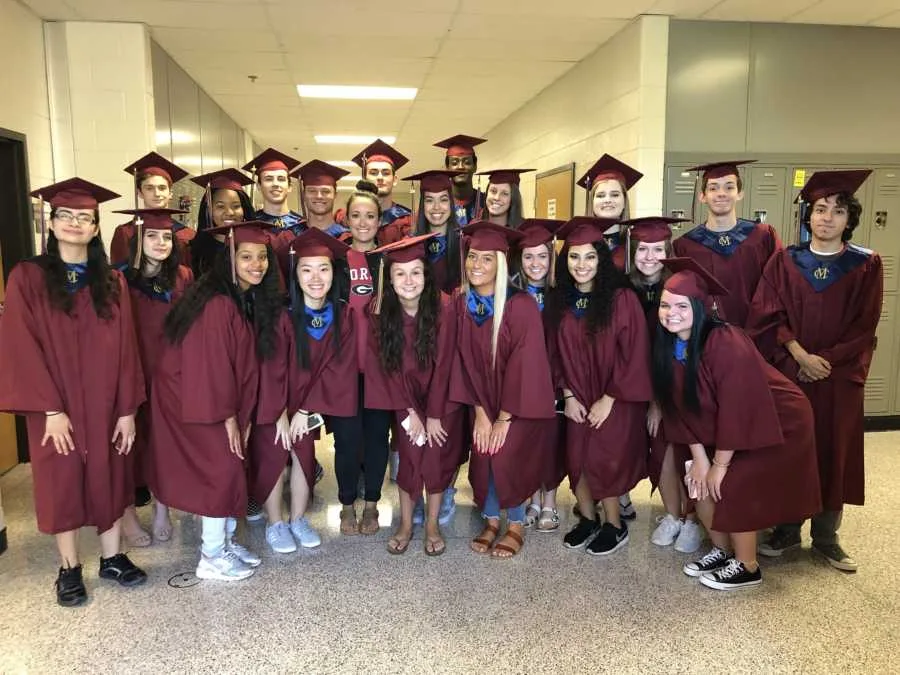
And maybe that’s what makes this teacher’s classroom so special. It’s not the recipes, the lectures, or the test scores. It’s the way she helps students see that every handprint, every story, every scar belongs. Together, they create something more substantial than any lesson plan could teach, a community stitched together by empathy, color, and courage.

